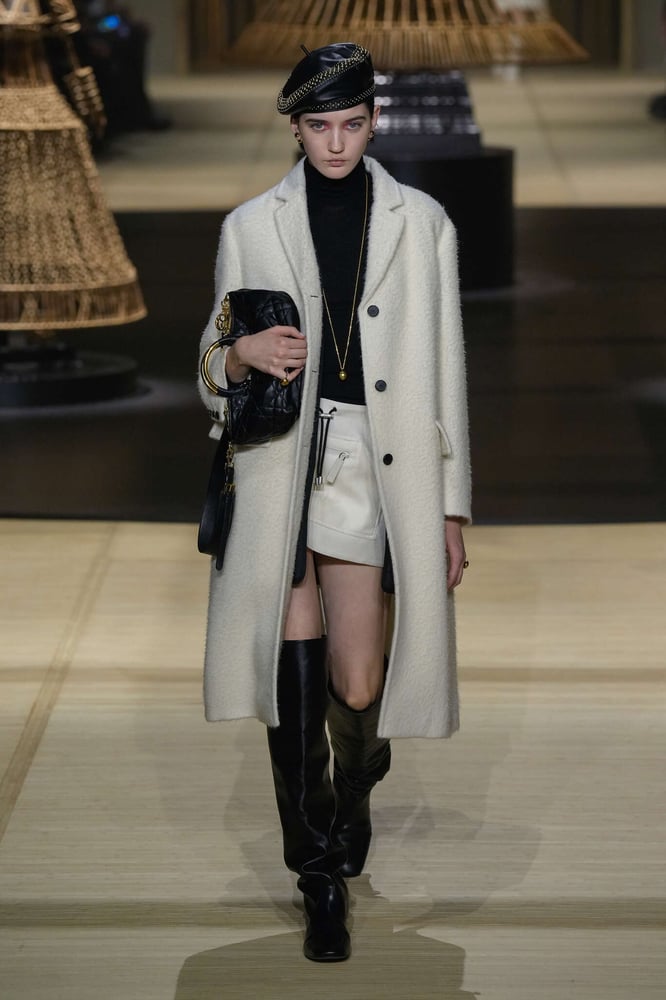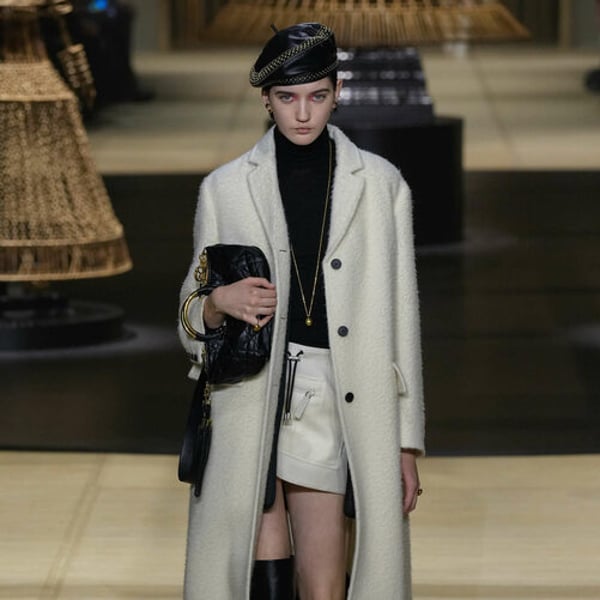LVMH shows the luxury sector is in pain
By
Bloomberg
Published
Jul 24, 2024
We’re all drinking less champagne as the world becomes a scarier place. That was the message from LVMH Moet Hennessy Louis Vuitton SE. It underlines what is becoming the biggest bling bust for a decade. And even the world’s largest luxury group isn’t immune.

The owner of Louis Vuitton and Dior on Tuesday reported a 1% increase in sales excluding currency movements and mergers and acquisitions in the fiscal second quarter, below analysts’ expectations of a 2.89% gain, and the lowest level of growth since 2009, excluding the pandemic dip.
Sales of fashion and leather goods, the engine of the group, also rose 1% in the three months to June 30, about half of what analysts had been expecting. The shares fell as much as 6.5%.
The first half operating margin fell to 25.6% from 27.4%. After three years of strong sales growth, cost bases will inevitably have expanded, while the company has rightly continued to invest. There has also been a “violent” swing among Chinese customers to shopping in Japan, according to Chief Financial Officer Jean-Jacques Guiony. The weak yen effectively makes prices for handbags lower, while store rents are more likely to rise alongside sales, putting pressure on profitability.
The industry downturn is being felt because both major drivers of demand — the US and China — have slowed. The second quarter compares with the period a year ago, when China emerged from lockdowns, and consumers were revenge spending once more. Now shoppers are more cautious amid a deepening property slowdown, perhaps explaining why they are so keen to save their splurging for those trips to Japan. Meanwhile, US middle-class spenders remain under pressure from inflation and higher borrowing costs.
Yet the pain from industry trends hasn’t spread evenly. Winners need a top-notch customer base — and red-hot brands. LVMH certainly has both, but it is also exposed to wines and spirits, where there has been a “severe demand issue in champagne,” and to middle-class customers, for example in the US, where the company is trying to elevate jeweler Tiffany at a time when its core shoppers are cutting back on engagement rings.
Consequently, its overall growth rate is lagging that of Italy’s Brunello Cucinelli SpA, which forecasts that its sales will increase by 10% this year. Hermes International SCA, maker of $10,000 Birkin bags, is also expected to be resilient. LVMH noted that demand for pricier items, such as designer clothes, was holding up better than its cheapest handbags.

By comparison, those selling to the simply comfortable appear more vulnerable. Britain’s Burberry Group Plc warned last week that it could have a loss for the first half of the year, suspended its dividend and parted ways with its Chief Executive Officer Jonathan Akeroyd. Kering SA is trying to take its flagship Gucci brand upmarket, but it’s struggling to gain traction. Gucci organic sales fell 18% in the first quarter, and analysts don’t expect the situation to have improved much since.
Finally, brand desirability matters. Burberry’s and Gucci’s woes have been exacerbated by the fact that they suffer from the double whammy of middle-class consumers plus brand turnarounds that have yet to bear fruit. Meanwhile, jewelry shone at Cie Financiere Richemont SA’s Cartier and Van Cleef & Arpels, which are both revered right now.
LVMH’s Loewe fashion house is one of the hottest around, while Louis Vuitton is holding up, particularly in China. There is more worry about Dior after allegations of poor working conditions in its supply chain in Italy. Guiony said the brand would intensify its scrutiny of suppliers and would also invest in bringing more of Dior’s production in-house to prevent similar issues in the future.
One company that is still expected to deliver a robust performance is Prada SpA, whose namesake brand has retained its cool factor after its turnaround a few years ago, while sister label MiuMiu is in the ascendance.
Even with these few bright spots, luxury stocks have lost all their gains since January, when LVMH Chief Executive Officer Bernard Arnault said the industry was normalizing rather than falling off a cliff.
Comparisons get easier in the second half, as Chinese revenge spending slowed in the third and fourth quarters of 2023, and the US continued to decelerate.
Guiony said demand from US consumers improved in the second quarter, in terms of both fashion and leather goods and cognac. However, the appetite from Chinese customers weakened slightly.
While any meaningful recovery has been delayed until at least 2025, in the longer term the top end should continue to benefit from rising incomes around the world. And LVMH, being the most muscular, should win a disproportionate amount of sales when things do finally get better.
But until Chinese and US consumers regain their love of luxury, there will be little reason to crack open the bubbly anytime soon.

